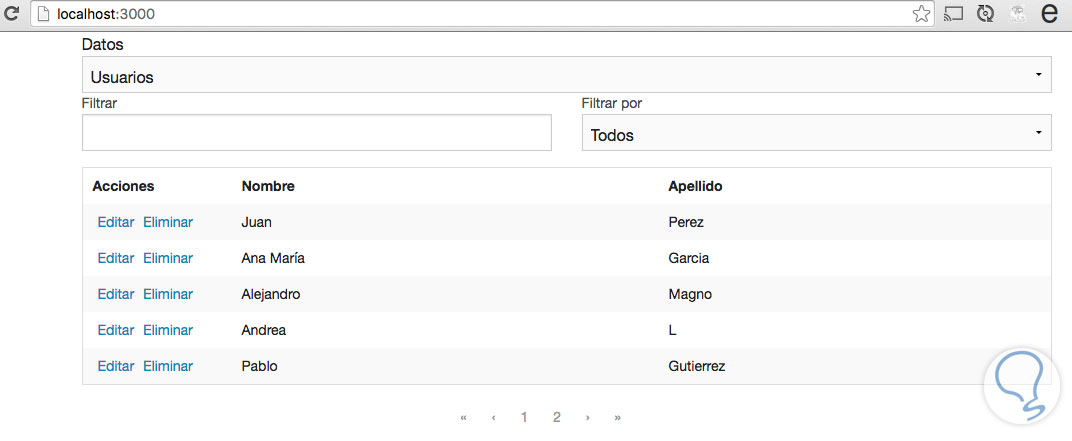

Nothing fancy going on, just an implicit form created.įor now, we have not implemented the SQLite backend, so we will simply console log the output from the form above, which can be done as this: import from 'build/pages/editcategory/editcategory.Hi, I’m using the cordova-sqlite-storage. The SQLite plugin provides an API virtually identical to WebSQL described above. SQLite is an open-source, self-contained, zero-configuration, and stand-alone transaction relational database engine that is designed to be integrated into. If you’ve followed my getting started with Ionic 2 Forms in my previous tutorial, the above will probably appear usual. The transaction will be // read-only unless the optional readwrite. You don’t need to wonder why this form, just focus on the examples.

Ive read the following documentation of sql transactions in Cordova sqlite plugin and the documentation of Sqlite plugin in Ionic native.
#IONIC V3 SQLITE TRANSACTION ANDROID#
Im currently running the code on Android 6.0 based device. The form below is responsible for adding a category and selecting the type of it, either the expense or income. If I execute a simple executeSql method instead of a transaction, it runs fine. But before we do, there are certain assumptions to make. To the extent that you wish to have SQLite backend in your Ionic project and access the endpoints via a service means you’re capable of setting up an Ionic project. We’re going to implement a simple service that handles CRUD with SQLite in Ionic 2 Create the Service query function in the Storage class opens a far bigger fun for all. The list (tableName) method that will be used for reading and listing data rows from the SQLite database.

The Ionic Storage class drops down the level where you are able to run arbitrary SQL commands.Īt the basic, the Storage offers you the chances to do a key value add and retrieve with the WebSQL implementation. Open the src/app/ file and let's add the following four methods for working with our SQLite database: The create (tableName, item) method that will be used for creating data rows and inserting items in the SQLite database.

If you do have a background in SQL, using the Ionic Storage class will be pretty much icing on the sugar for you. Many options exist today that fills the gap, of providing a persistent storage for apps.ĭepending on the tools you’re using, you may choose to go with a particular database tool or the other. Without a storage backend to persist user interactions and information, everything will be lost should you restart your server (either the hardware or the process). aborting any pending transactions' on android. Ive done my application running with the addition of dbcopy sqlite for cordova plugin and it worked well. The storage backend will be responsible for persisting and retrieving data added by clients or users. 'OPEN database: test.db failed, aborting any pending transactions' on android. In every Web application, including mobile applications, there are, in almost every example, a backend to go with the app. I am using SQLite (WebSQLite) as storage backend. So, Monday, what do we have here? Throughout last week, I have been getting dirty with putting finishing touches to an app I am working on, with Ionic 2. UPDATE: In Ionic 2 RC0, there seems to be a change with using SQLite.


 0 kommentar(er)
0 kommentar(er)
